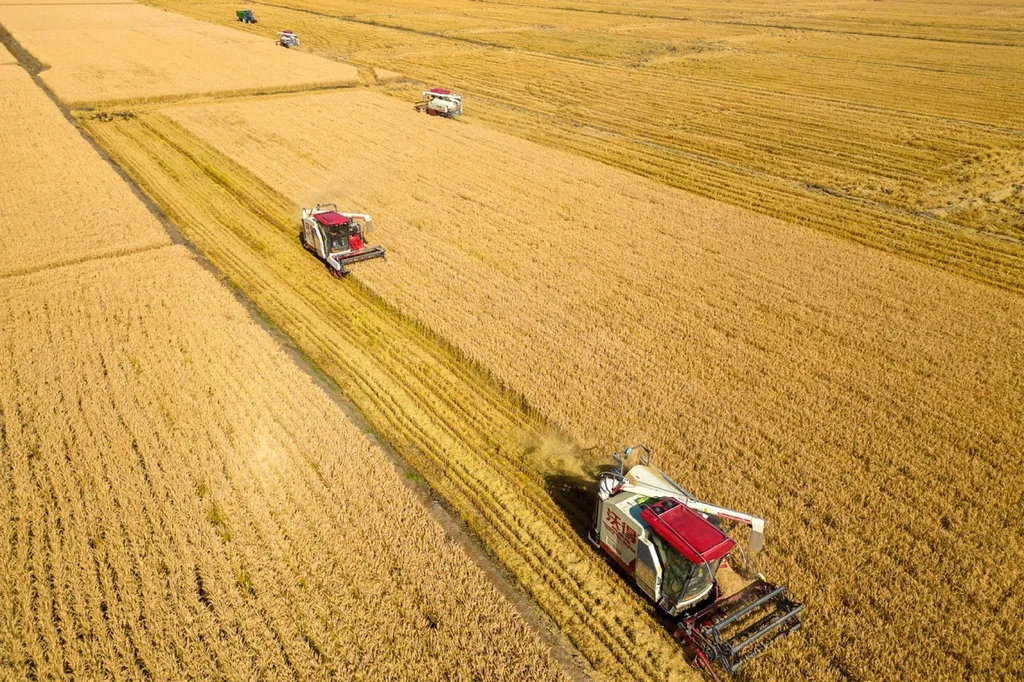In the heart of China’s vast rural landscape, a quiet revolution is underway, one that promises to reshape the future of agriculture and rural prosperity. At the forefront of this transformation is Yan Peng, a researcher from the Business School at Huanggang Normal University, who has been delving into the intricate dynamics of agricultural modernization and its impact on rural communities. His recent study, published in the *Journal of Sustainable Food Systems* (translated from the original Chinese title), sheds light on how new-quality productive forces in agriculture are driving rural common prosperity, with digitalization playing a pivotal role.
Peng’s research, based on panel data from 30 provinces over a decade, reveals that the integration of advanced technologies and innovative organizational structures in agriculture—what he terms “new-quality productive forces”—has a profound positive effect on rural prosperity. “These forces are not just about introducing new technologies; they are about reshaping the entire rural development paradigm,” Peng explains. This paradigm shift is particularly evident in the way digitalization acts as a bridge, facilitating the transition towards more equitable and sustainable rural economies.
The study highlights that rural digitalization accounts for a substantial 25.6% of the mediating contribution between new agricultural productive forces and common rural prosperity. This finding underscores the critical role of digital infrastructure in rural areas, from improving access to information and markets to enhancing the efficiency of agricultural practices. “Digitalization is not just a tool; it’s a catalyst that amplifies the impact of new productive forces,” Peng notes.
One of the most compelling aspects of Peng’s research is its examination of regional differences. The study found that the positive effects of new agricultural productive forces are most pronounced in western and central regions, with a gradient decrease towards the east. Additionally, the impact is significantly stronger in grain-producing areas compared to non-grain-producing regions. This heterogeneity analysis provides valuable insights for policymakers and investors, highlighting the need for tailored strategies that consider regional specificities.
For the energy sector, the implications are far-reaching. As rural areas become more digitally integrated and agriculturally advanced, the demand for sustainable energy solutions is likely to grow. Renewable energy sources, such as solar and wind power, could play a crucial role in supporting the energy needs of these modernized rural communities. Moreover, the increased efficiency and productivity brought about by new-quality productive forces could lead to a more robust rural economy, creating new markets and opportunities for energy providers.
Peng’s research also offers a roadmap for future developments in the field. By emphasizing the importance of digitalization and regional tailoring, it calls for a more nuanced approach to rural development. “The key is to understand that one size does not fit all,” Peng states. “Policies and investments must be adaptable and responsive to the unique needs and characteristics of different regions.”
As the world grapples with the challenges of sustainable development, Peng’s insights provide a beacon of hope. His work not only highlights the transformative potential of new-quality productive forces and digitalization but also offers a clear path forward for achieving rural common prosperity. For the energy sector, this means a future where rural communities are not just consumers but active participants in the sustainable energy ecosystem.
In the words of Yan Peng, “The future of rural development lies in our ability to innovate, adapt, and integrate. By harnessing the power of new-quality productive forces and digitalization, we can create a more prosperous and sustainable future for all.” This vision, backed by rigorous research, is set to shape the trajectory of rural revitalization and sustainable development in the years to come.

